Frequently Asked Questions
1. What are the essential parts of a knife to understand its maintenance?
2. Why is knife maintenance important?
3. What are some daily care tips for knives?
4. How can I sharpen my knives effectively?
5. What are some optimal methods for storing knives?
Knives are essential tools in any kitchen, and properly caring for them enhances their longevity and efficiency. Whether you’re an aspiring chef or a home-cooking enthusiast, knowing how to maintain your knives will ensure you always have a sharp edge when you need it most. Plus, if you’re considering Personalized Gifts for food lovers, well-maintained knives serve as meaningful treasures that could be cherished for years to come.
Understanding the Anatomy of a Knife
Before diving into maintenance tips, it’s essential to understand the basic parts of a knife. This knowledge will help you have a deeper appreciation for your tools and encourage proper care.
- Blade: The main cutting part of the knife, usually made of stainless steel or high-carbon steel.
- Tip: The pointy end used for detailed tasks like scoring or piercing.
- Edge: The sharp cutting part of the blade. Maintaining this is crucial for knife longevity.
- Spine: The top, non-cutting side of the blade that provides strength.
- Handle: The part you hold, which should be ergonomically designed for comfort.
Why Knife Maintenance Matters
Knife maintenance is not just about aesthetics; it's about performance, safety, and longevity. Dull knives can lead to accidents as they require more force to cut, making it easier for slips to occur. Proper maintenance also ensures that your knives perform efficiently and lasts for many years, making them ideal candidates for Personalized Gifts.
Daily Care Tips
Incorporating good practices in your daily routine can significantly extend the life of your knives. Here's what you should do:
- Clean After Use: Always clean your knives immediately after use. Hand wash them with warm soapy water and dry them thoroughly to prevent rust.
- Use for Intended Purposes: Always use your knives for their intended purpose. Avoid using them to cut through hard surfaces, as this can damage the blade.
- Avoid the Dishwasher: Never put your knives in the dishwasher. The heat, moisture, and other utensils can damage the blade and handle.
Sharpening Techniques for Your Knives
A sharp knife is a safe knife! Regular sharpening is essential to maintain its cutting edge. Here are some techniques to consider:
Using a Whetstone
A whetstone is a classic method for sharpening knives, providing a sharp edge when used correctly.
- Soak the whetstone in water for about 10 to 15 minutes.
- Position the knife at a 20-degree angle against the stone.
- Run the blade across the stone in a backward and forward motion, applying light pressure.
- Repeat on both sides until you achieve the desired sharpness.
Using a Honing Rod
A honing rod can help realign the blade's edge between sharpenings.
- Hold the honing rod vertically, and position the knife at a 15 to 20-degree angle.
- Swipe the knife down the rod, moving from the heel to the tip, five to ten times on each side.
- This process helps in maintaining a sharp edge but won’t sharpen a dull blade.
Storage Solutions for Your Knives
Storing your knives correctly is as important as cleaning and sharpening them. Here are some optimal methods for knife storage:
- Knife Blocks: Wooden knife blocks offer a simple, safe storage solution while keeping the knives organized.
- Magnetic Strips: Wall-mounted magnetic strips not only save counter space but also provide easy access to your favorite knives.
- Knife Sheaths: Use knife sheaths when storing knives in drawers to protect both the blades and hands.
- Drawer Inserts: Invest in a drawer insert that fits your knife collection. This keeps them safe from accidental damage.
Dealing with Rust and Stains
Even with proper care, knives can get rust or stains. Here’s how to tackle this issue:
Preventing Rust
To prevent rust, ensure your knives are always dry before putting them away. If they do get rust spots, you can remove them using:
- Vinegar: Soak a cloth in vinegar and rub it gently on the affected areas.
- Baking Soda: Make a paste of baking soda and water, applying it to the rust spots.
Removing Stains
If stains appear, a mixture of baking soda and water can be used to scrub the stained area. Always wipe the blades clean afterward and dry them properly.
Professional Maintenance
While personal maintenance can greatly extend your knives’ lives, professional sharpening can refresh a dull blade significantly. Schedule professional sharpening at least once a year, or more frequently depending on usage. This ensures that your knives get the expert attention they need.
Enhancing Your Knife Collection with Personalized Gifts
If you’re looking to invest in high-quality knives, consider those that can be personalized. Personalized gifts not only add a unique touch but also make for a lasting memory. Engraving a name, a special date, or a meaningful quote can turn a simple knife into a sentimental treasure.
Why Giving Personalized Knives is Special
- Thoughtfulness: Personalized gifts show you put extra thought into your selection.
- Memories: A knife engraved with a name or date can remind the recipient of cherished moments.
- Conversation Starter: Uniquely designed knives can serve as fascinating conversation pieces during gatherings.
Enhancing your collection with personalized options allows you to incorporate a touch of individuality while providing a practical item that anyone would admire and use.
Stepping Beyond Basics - Advanced Care Tips
For the enthusiast looking to go beyond standard maintenance, here are advanced care tips that can further elevate your knife handling:
Regularly Inspect Your Knives
Take the time to inspect your blades regularly. Check for chips, cracks, or bends in the blade. Early detection can help remedy minor issues before they require expensive repairs.
Use the Right Cutting Surface
Using a wooden or polyethylene cutting board helps preserve your knife’s edge. Avoid glass, granite, or ceramic surfaces, which can dull the blade quickly.
Handle Care
If your knife features a wooden handle, consider applying mineral oil to protect against moisture and enhance the grain. For synthetic materials, a simple clean with soapy water suffices.
Making the Most of Your Knife Investment
Your knives are an investment in your culinary skills. With proper care and attention, they can serve you faithfully for years, making them perfect for practical use and as thoughtful Personalized Gifts for friends and loved ones. Remember, the key to long-lasting knives is consistency and care. Doing the little things right every day can make all the difference in maintaining a proud and efficient culinary tool collection.
So, equip yourself with knowledge and practices to cherish and extend the life of your knives. In doing so, you won’t just be a skilled cook, but also a mindful steward of the tools in your kitchen.






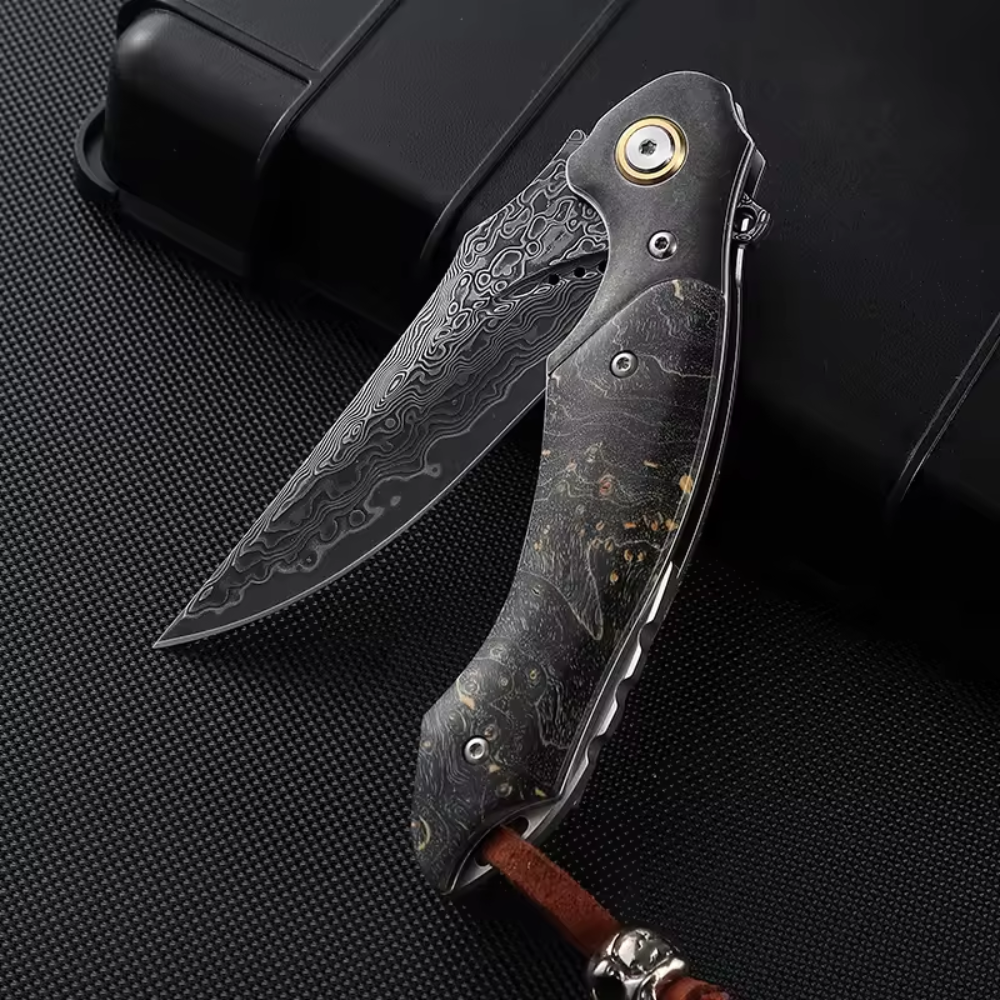
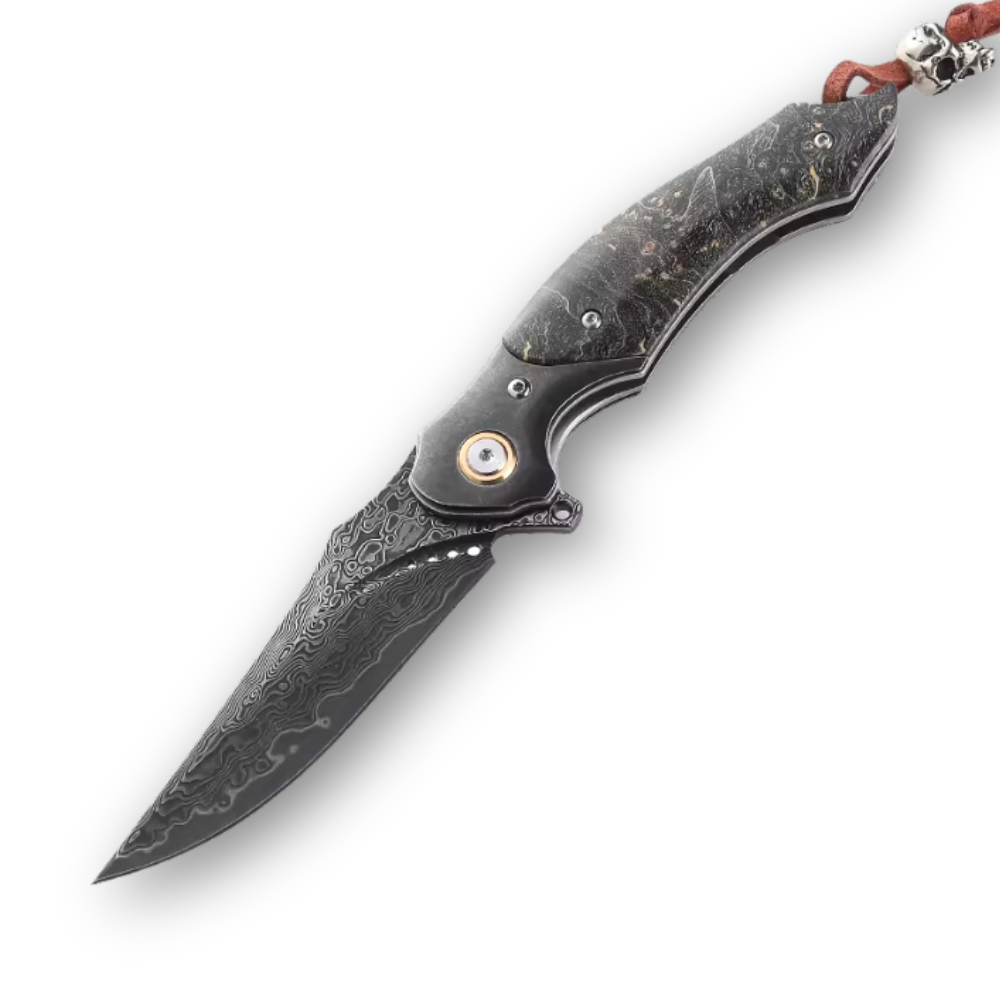
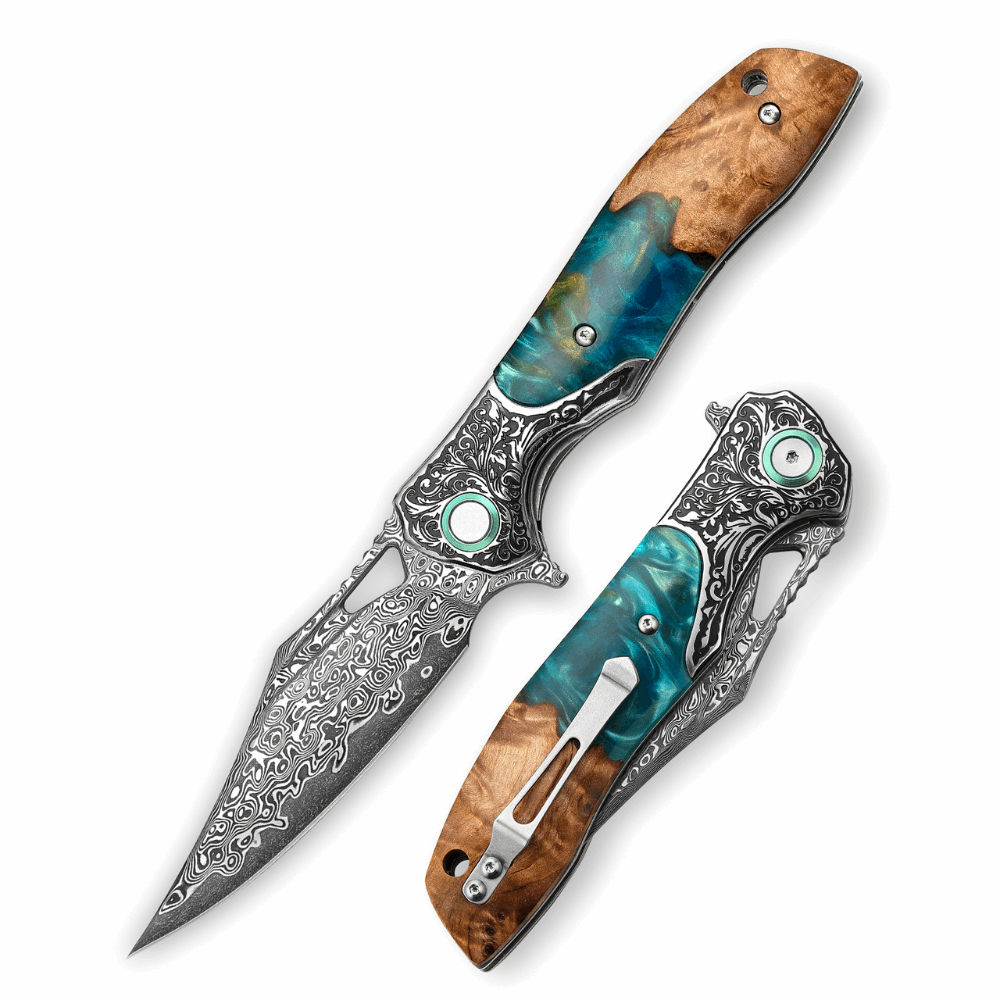
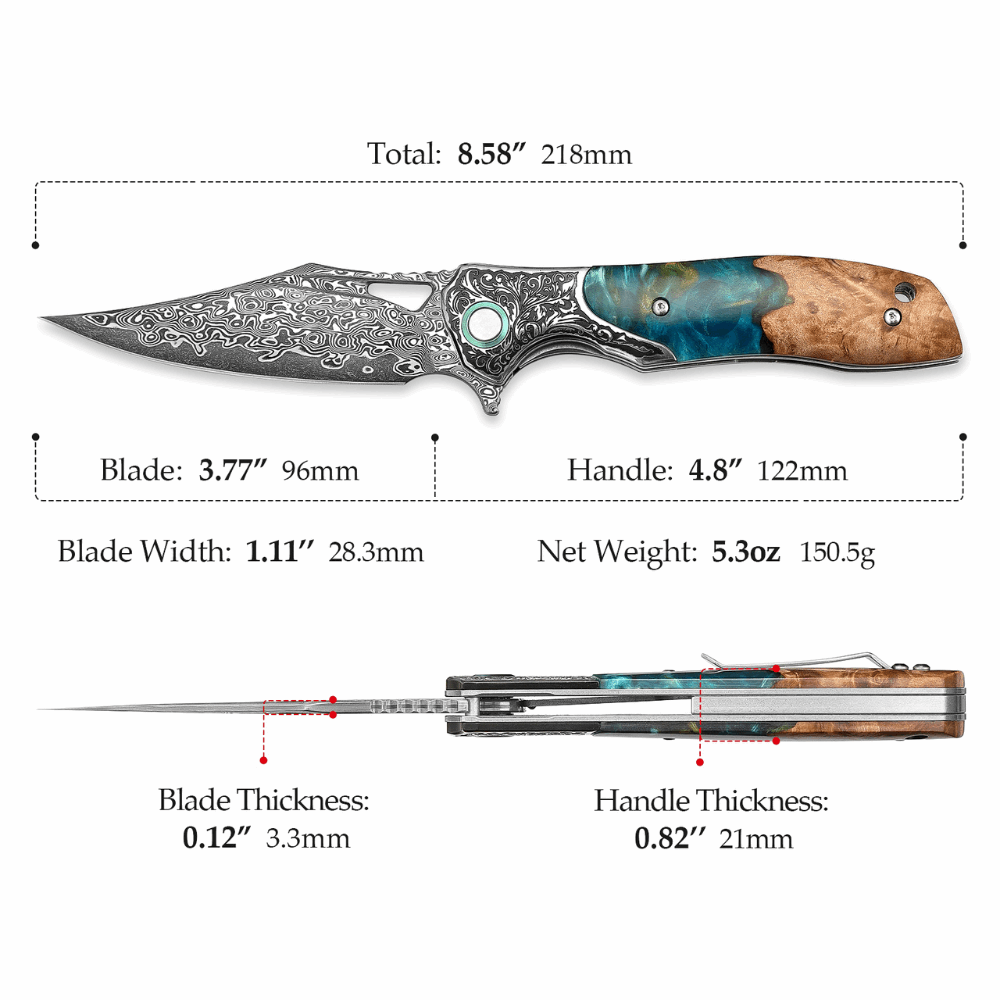

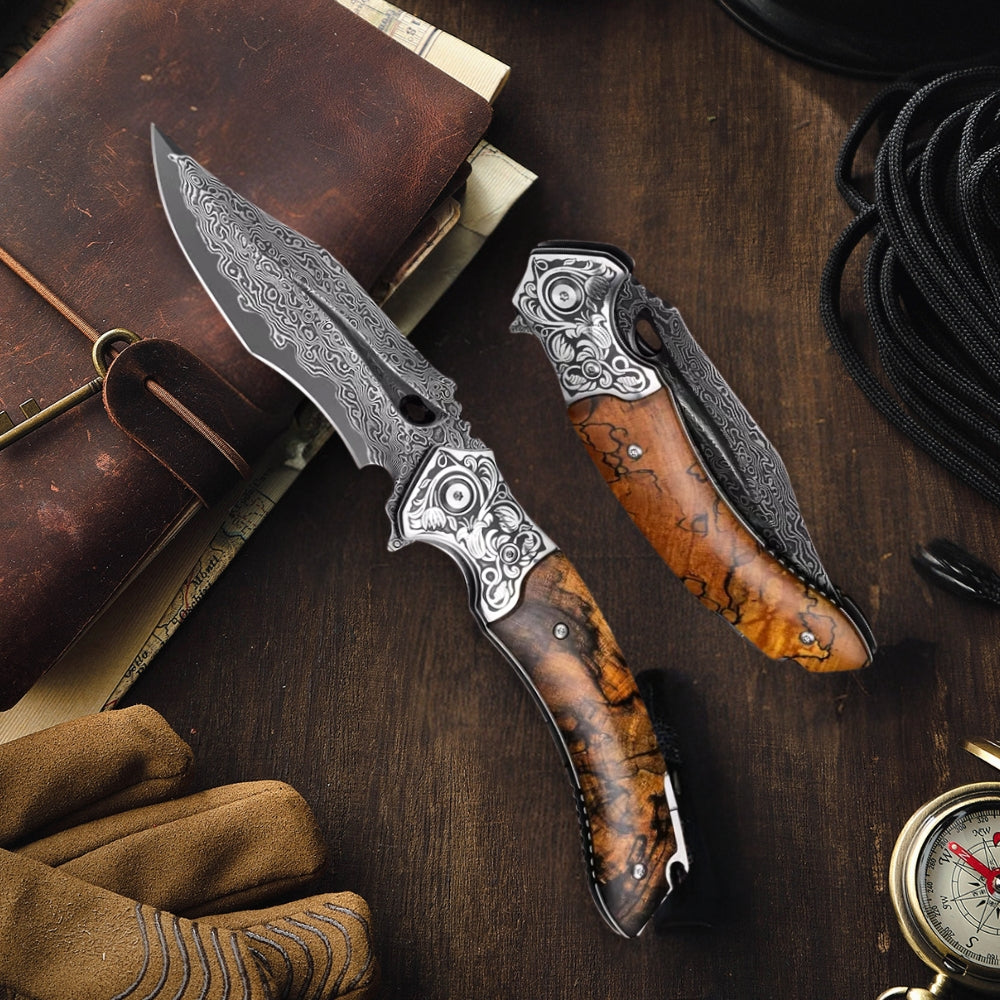
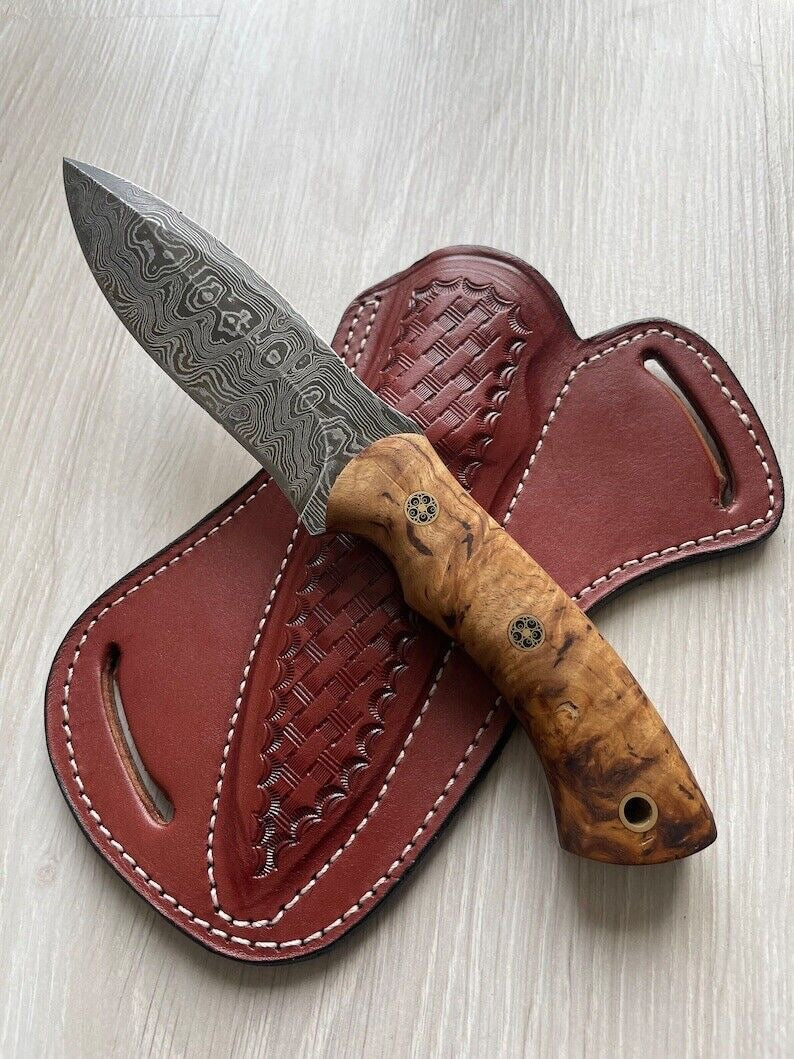
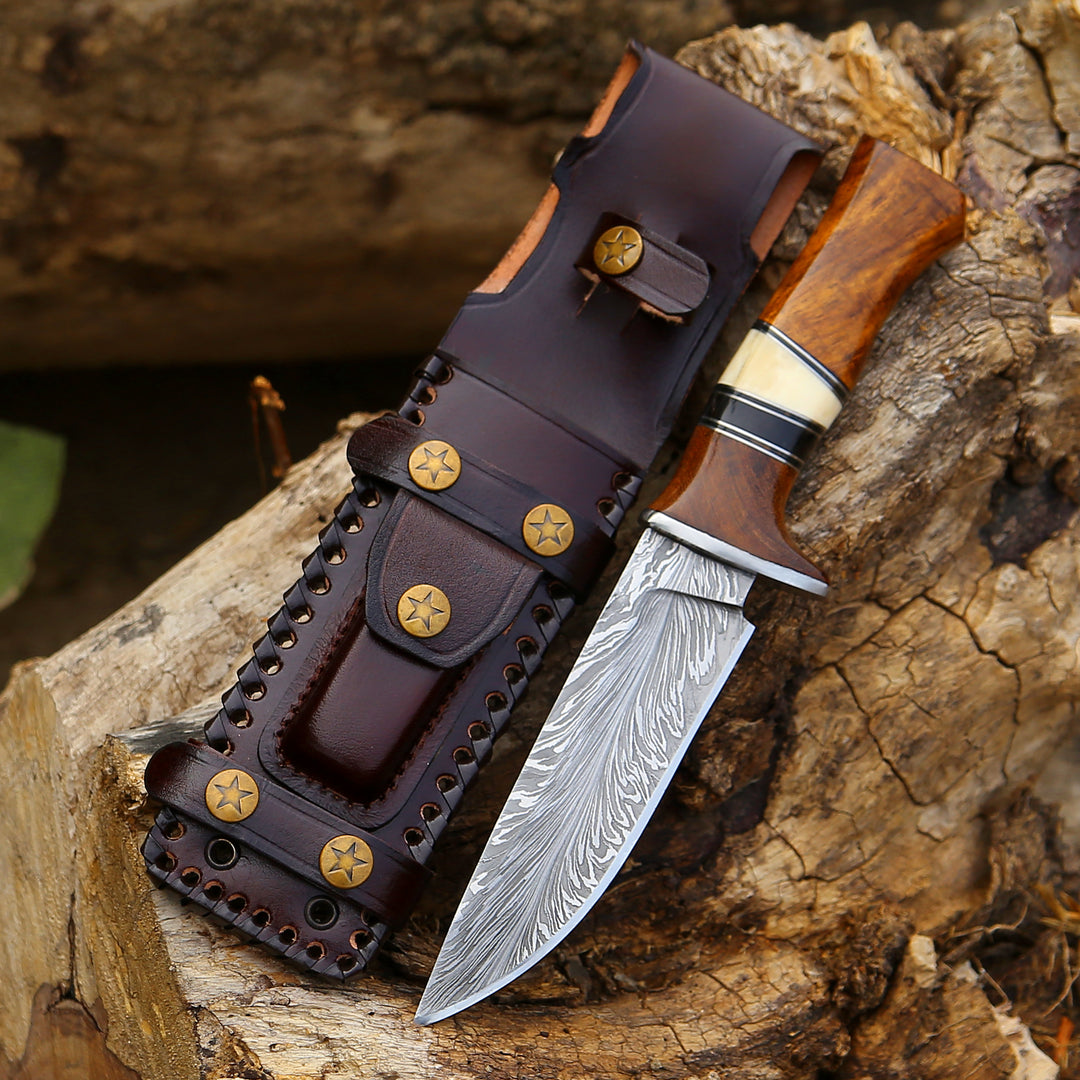
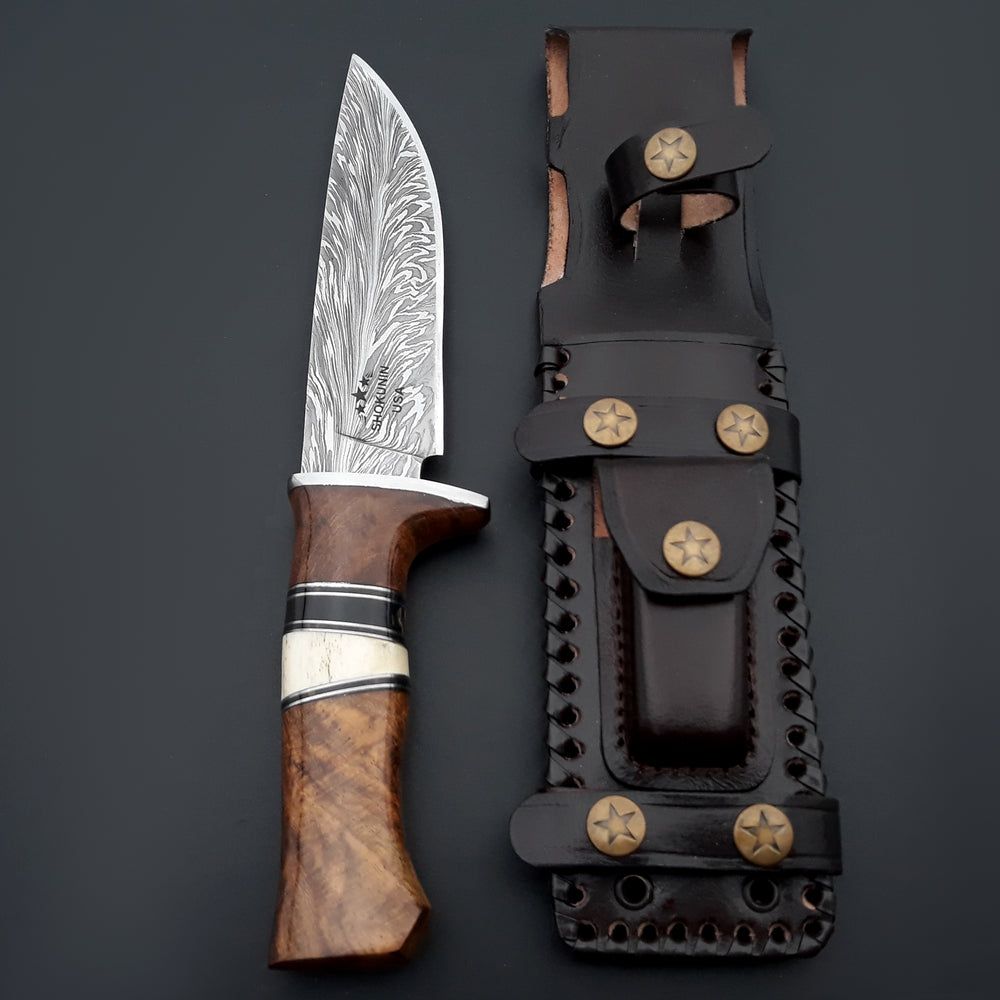
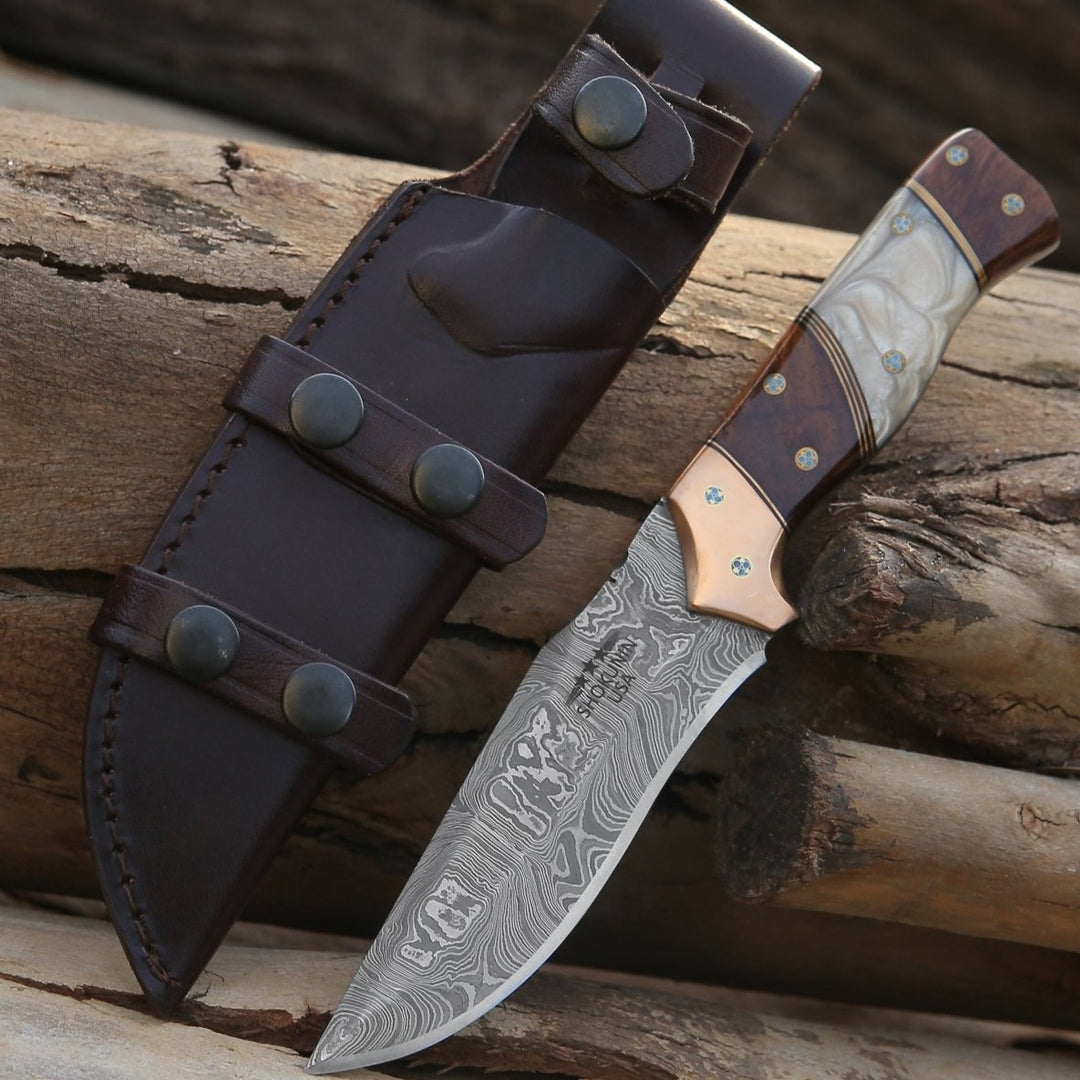
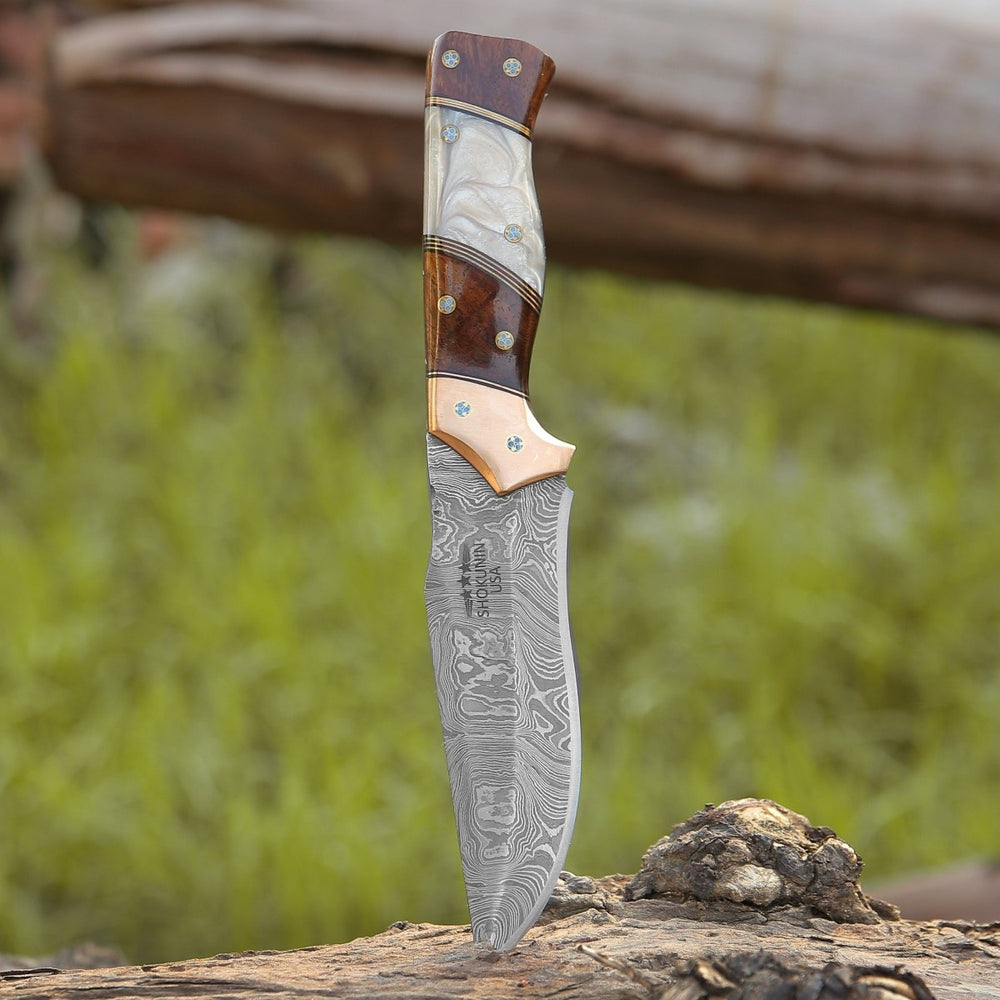
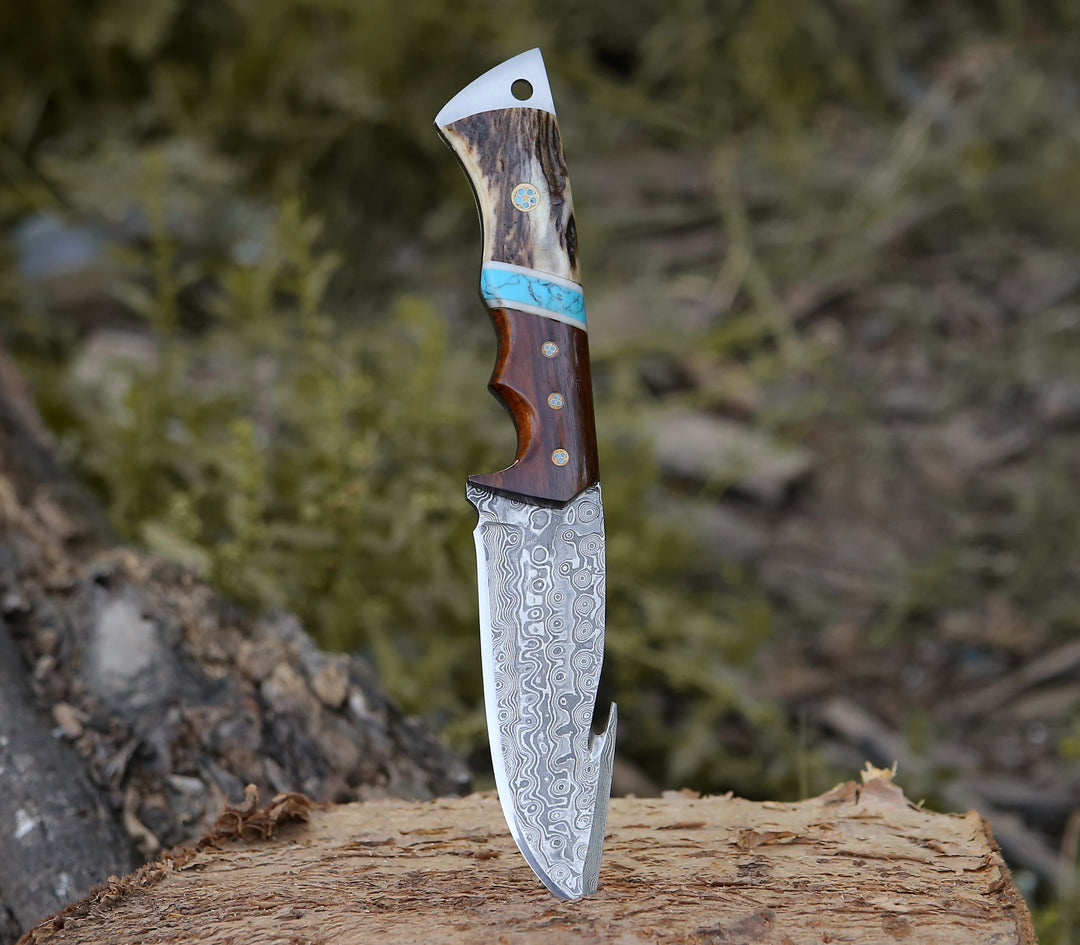

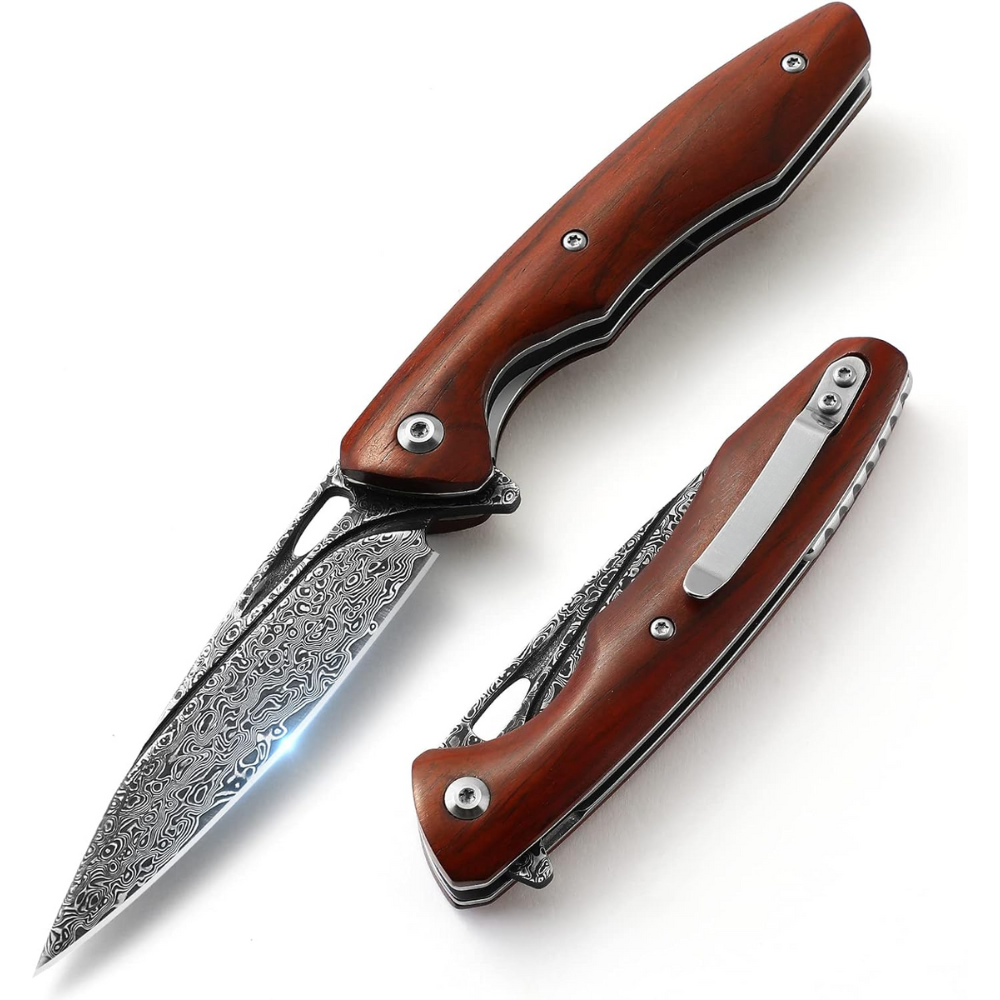
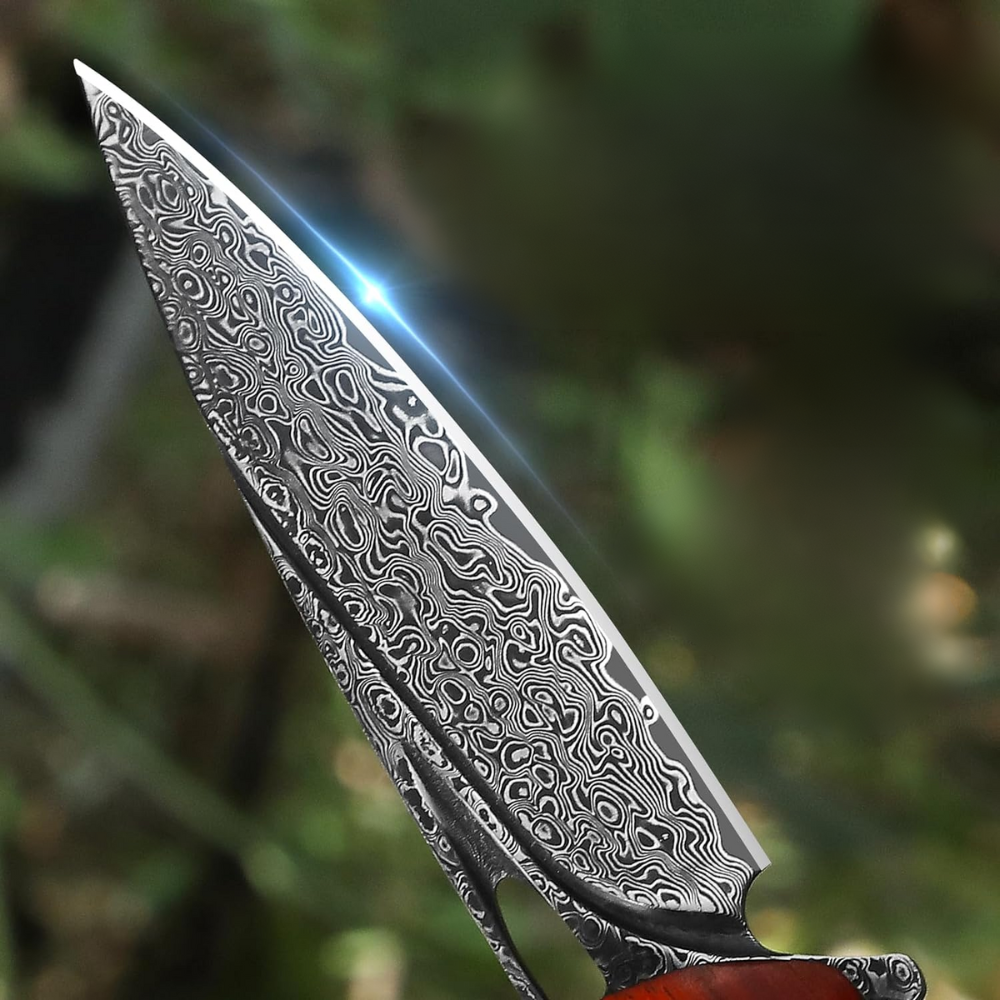
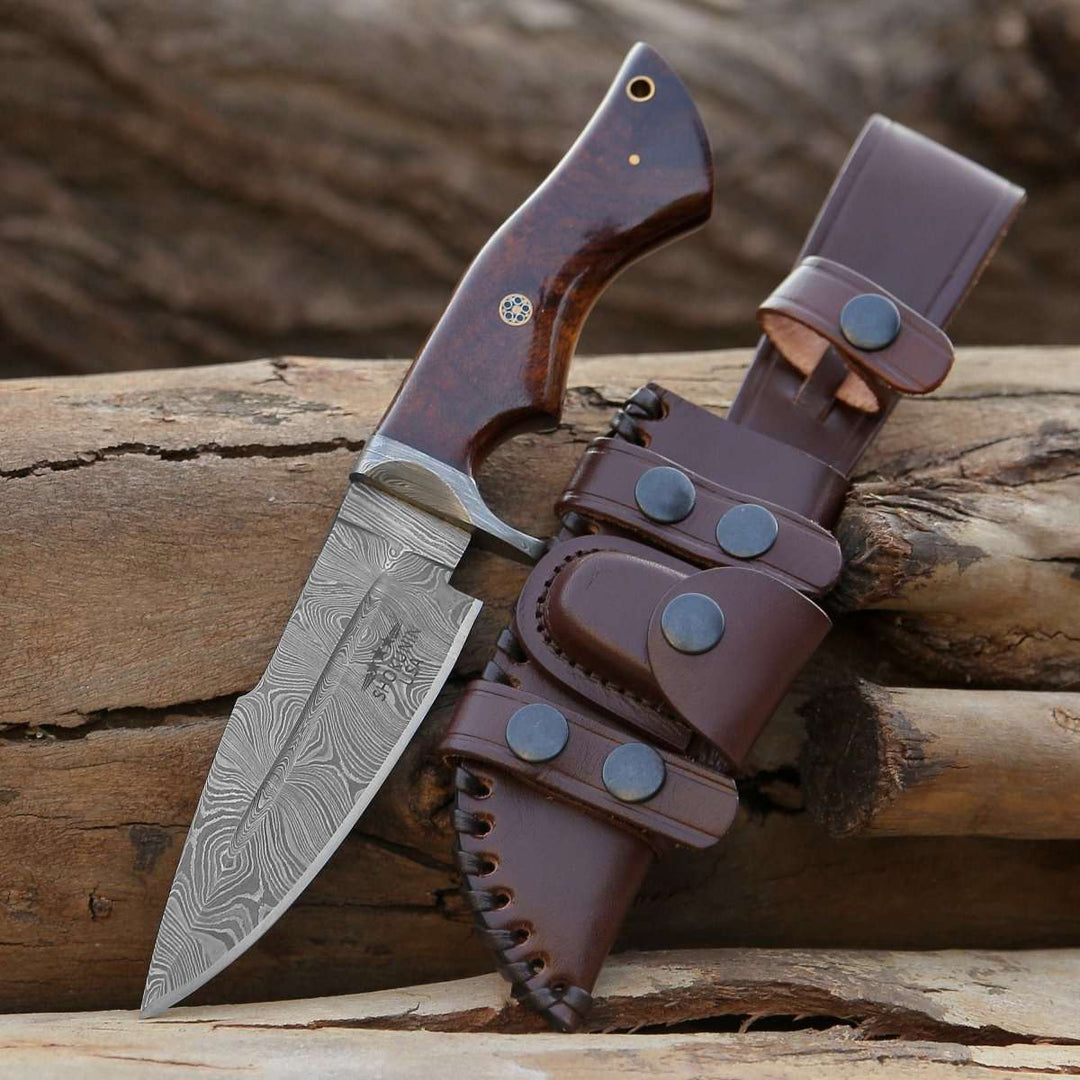
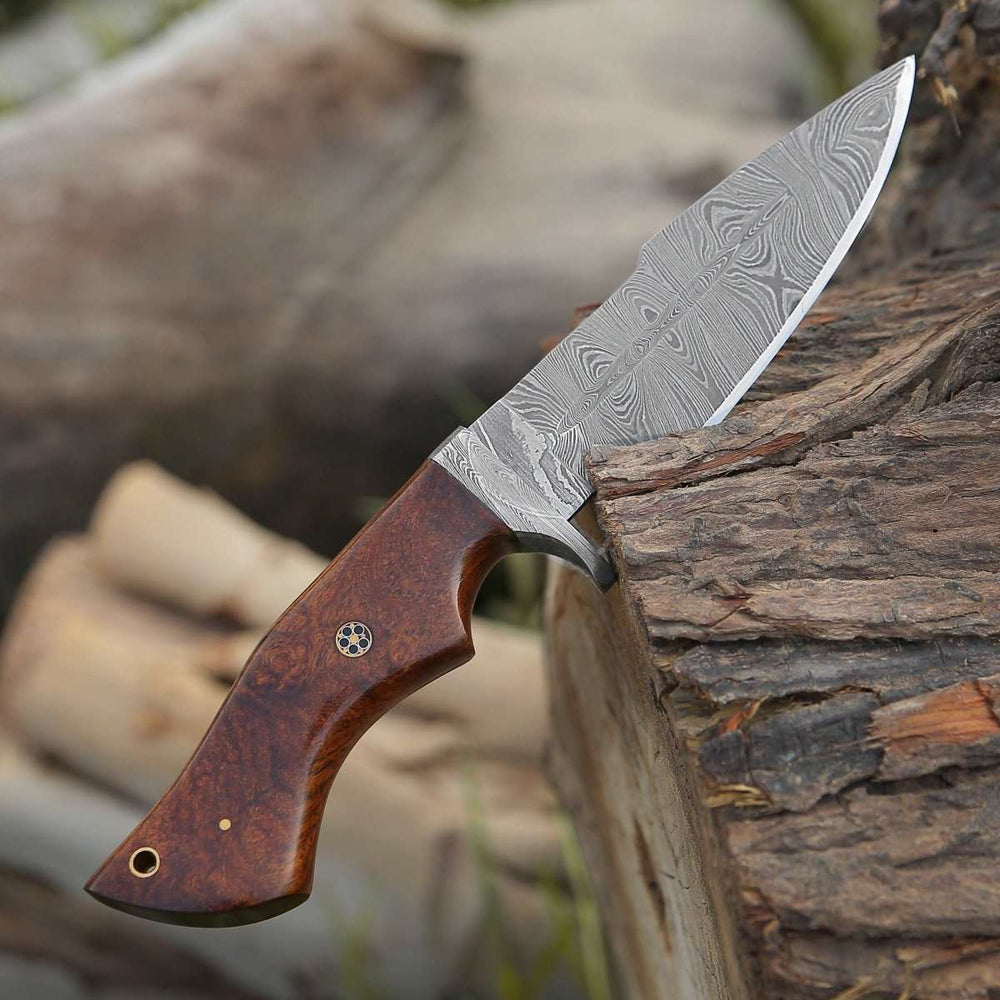
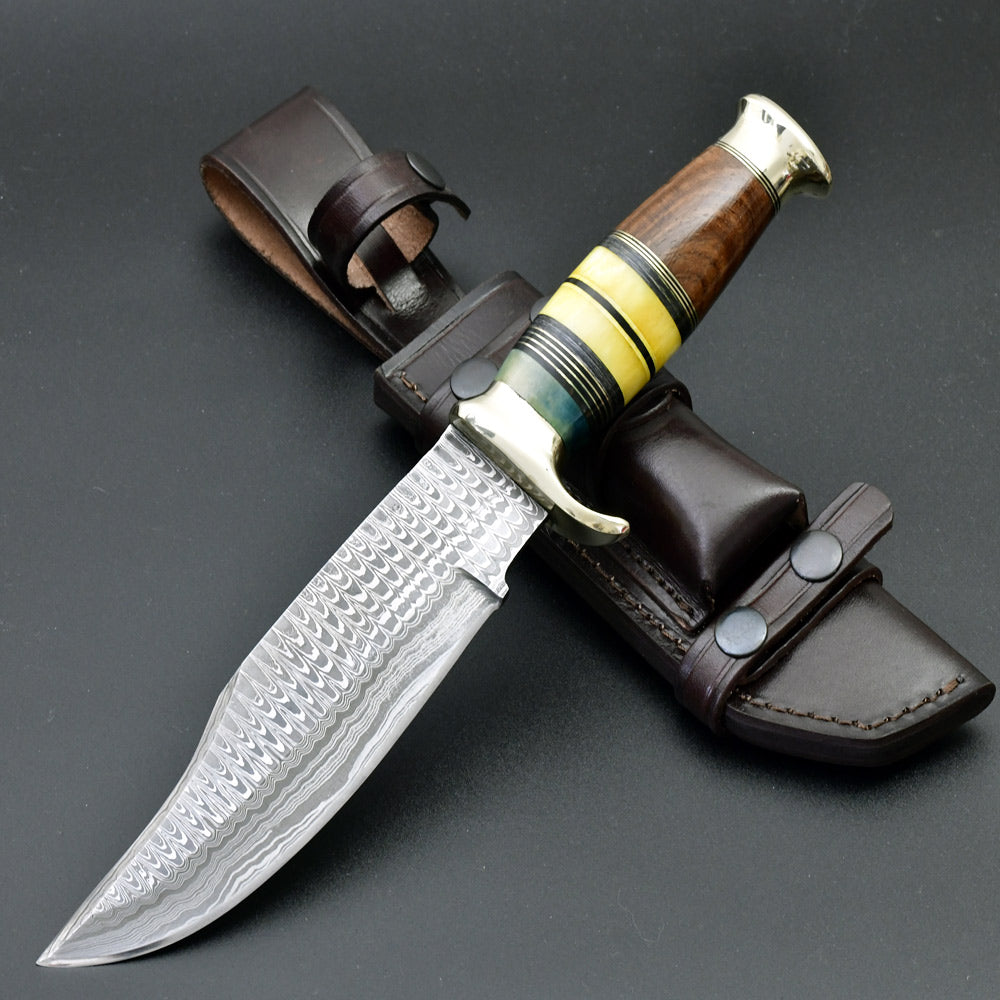

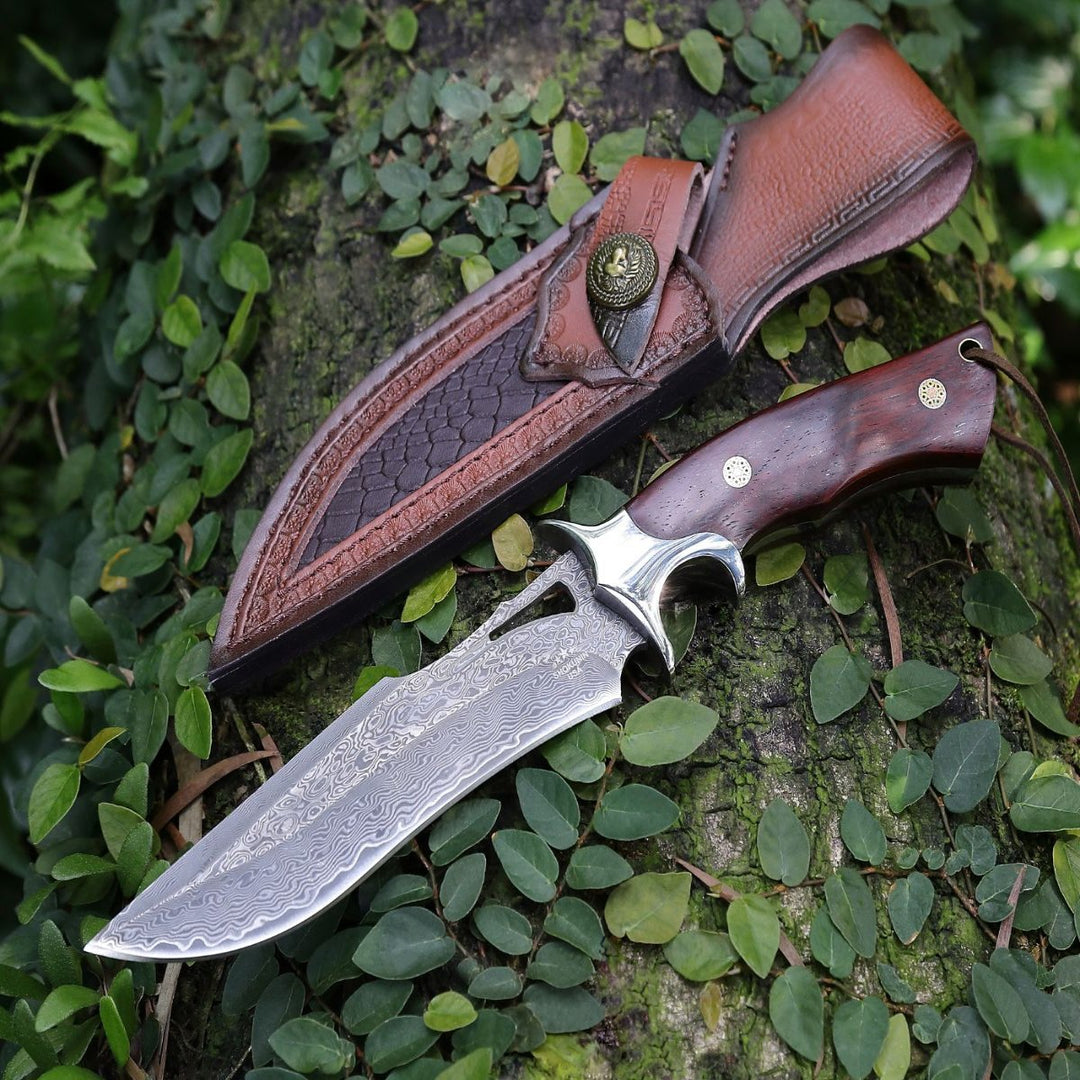
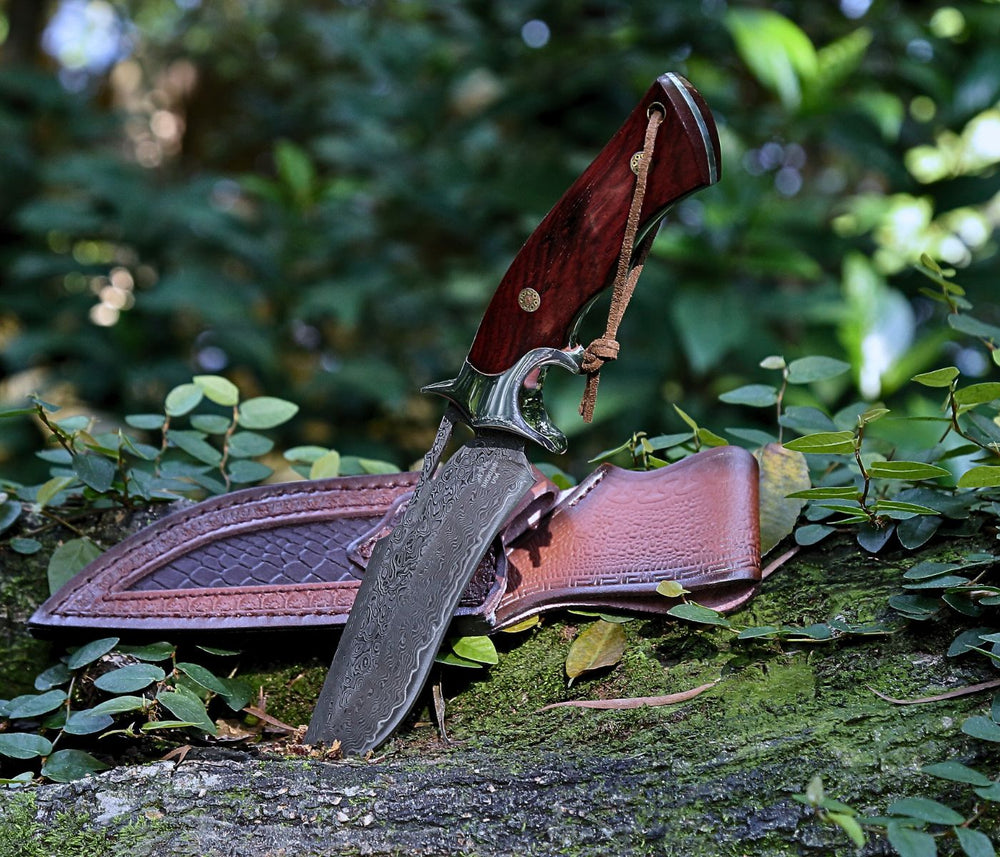
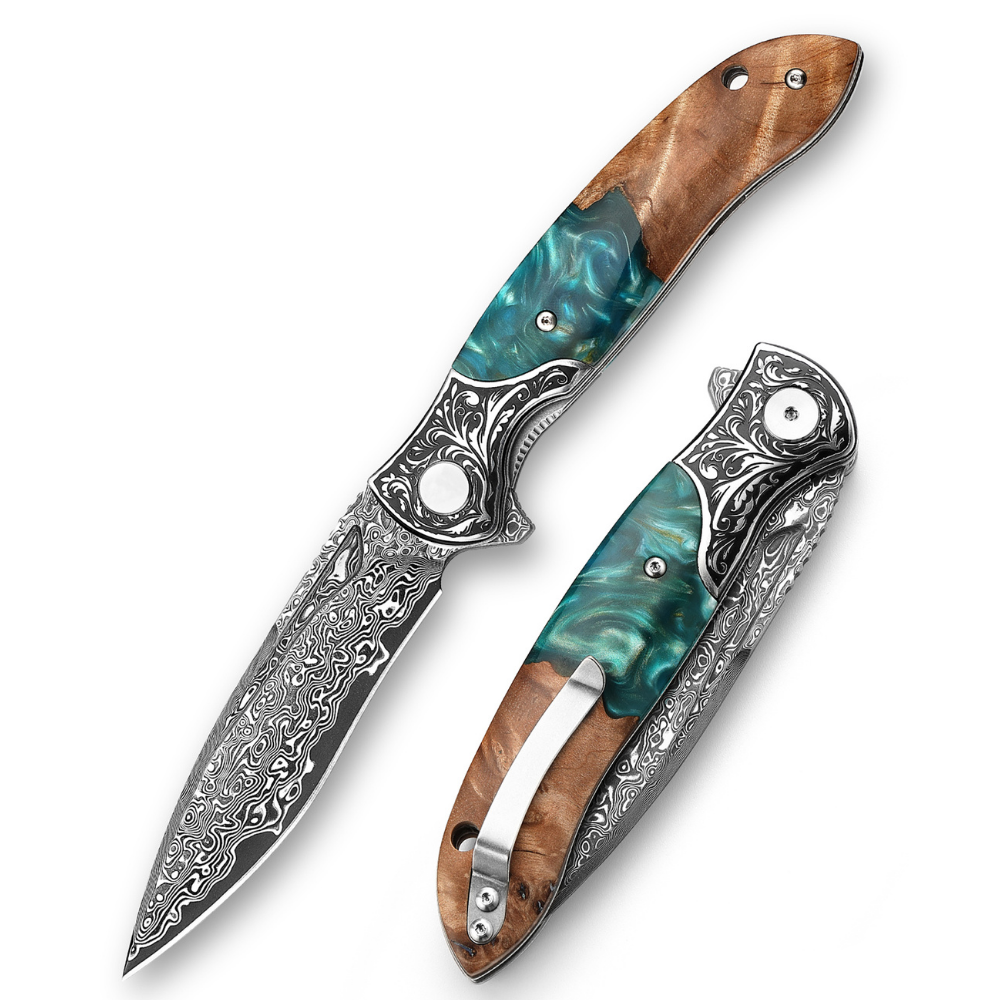
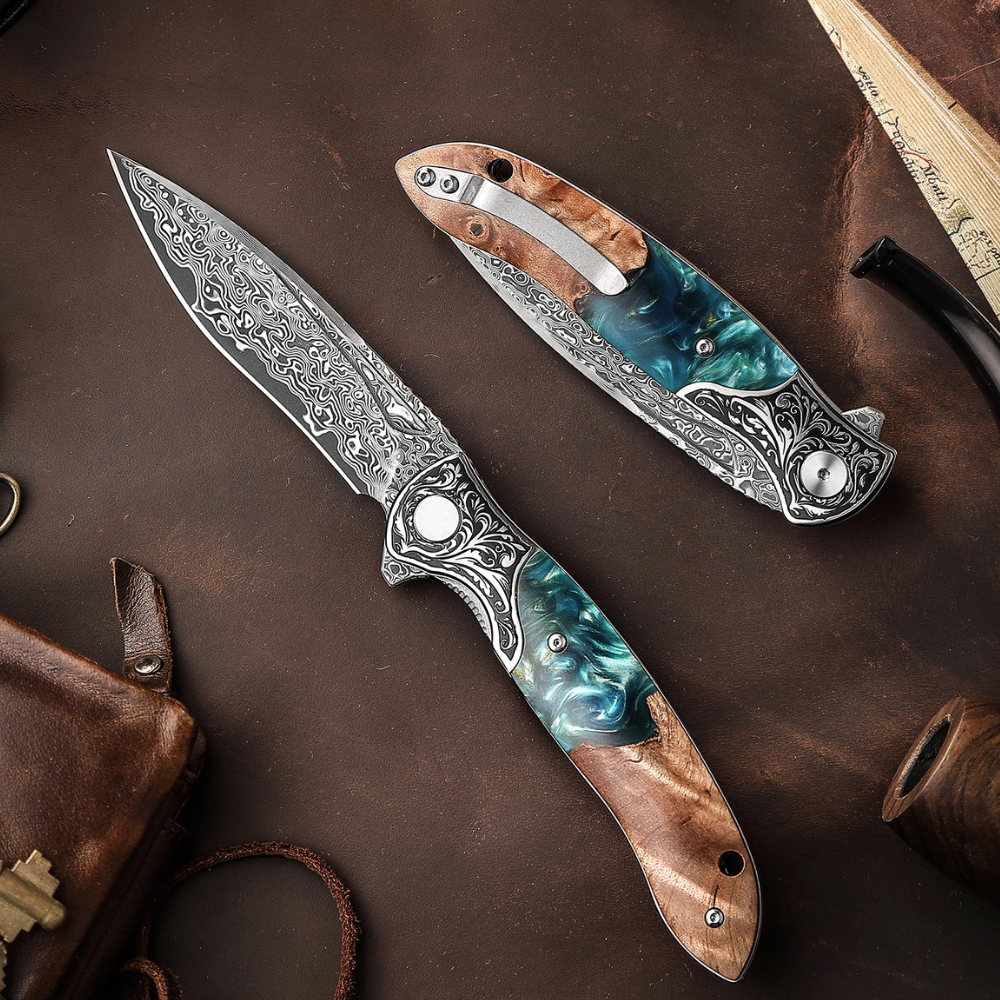
Leave a comment